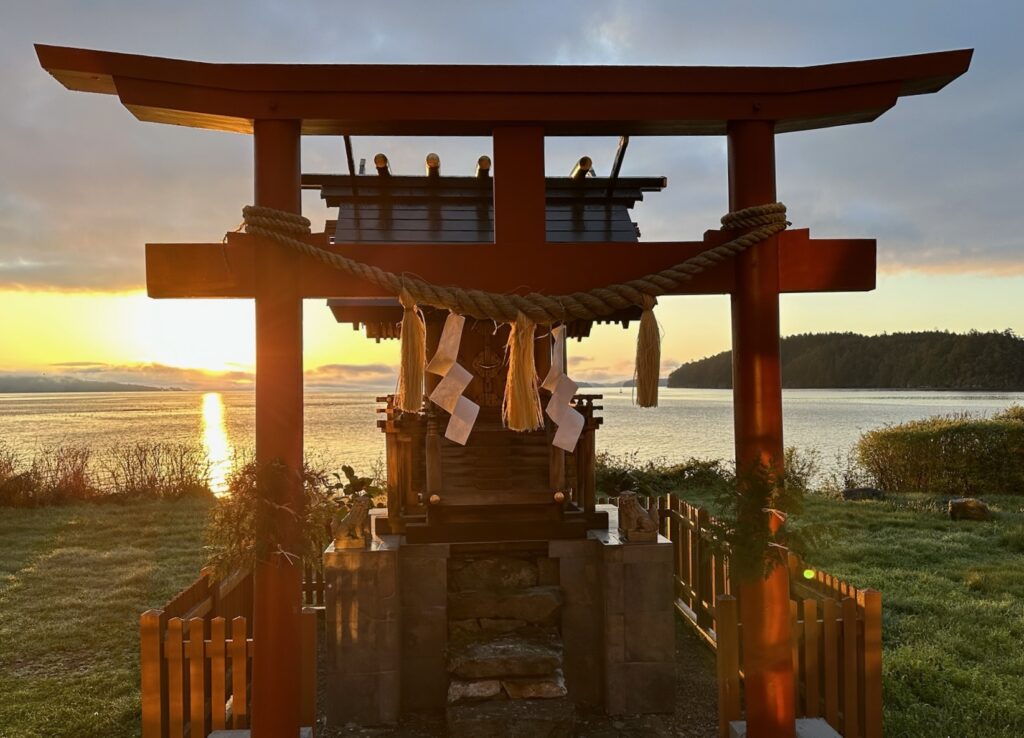
What does a Shinto path look like?
Shinto Principles
We speak often of the fact that Shinto has no founder, no sacred text, and no written dogma. How then, does one navigate and learn how to follow a Shinto path? To be guided by Kami no Michi—the way of the kami?
First, there are basic guiding principles that emphasize harmony with nature, purity, and reverence for the kami.
Purity is central to Shinto, both physically and spiritually. All rituals are centered on purification of people, spaces, and objects.
Reverance for the kami, present in natural elements like trees, rivers, mountains, sacred objects.
Harmony with Nature. As humans, we should live in harmony with all of Nature and the “more than human beings,” recognizing our place in the flow of Nature. As a participant, not as a controller.
Sincerity. Living with a sincere and honest heart is another key value. Acting with “makoto” (true heart) means to approach life with purity, goodwill, and genuine intentions.
Community and Family. Strive to raise the prosperity, health, and well-being of your family and your community. As well, honour and pay respect to ancestors and to those who have gone before us, making our lives possible.
Live with Gratitude. Express gratitude to the kami through offerings and prayer. Show gratitude to your family, community, and to Nature by words and actions showing thankfulness. Gratitude is essential for having “right mind” which will open your heart.
These precepts are embedded in Shinto everyday life, guiding behavior and spiritual practices. Rather than rigid rules, they reflect an organic relationship with the natural world, the spiritual realm, and the community.